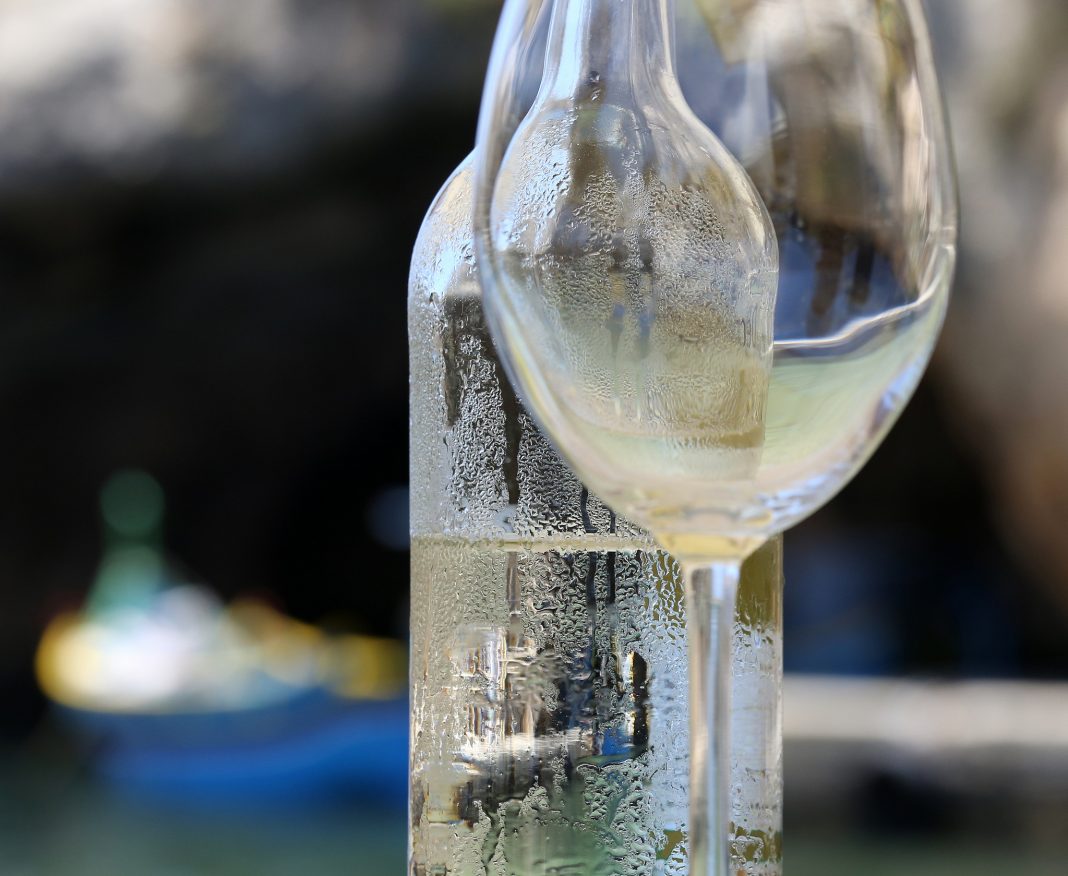Many dinner party hosts and car owners are driven mad by water stains – those pesky marks left by drying water on the surface of objects.
But now mathematicians from Northumbria University may have discovered an ingenious solution – a solution that could not only get rid of unsightly water marks on cars and wineglasses but also improve the efficiency of smartphones and microchips.
Bizarrely, the mathematicians’ innovations came about from copying a carnivorous plant native to tropical jungles.
Professor Rodrigo Ledesma-Aguilar, from Northumbria University’s Department of Mathematics, Physics and Electrical Engineering, said, “Water evaporates when the molecules at its surface have enough energy to break free from the liquid and become water vapour.”
“To gain this energy, water absorbs heat from its surroundings, which is why sweat cools you down.”
“As a water droplet evaporates, any non-water particles in the liquid are drawn to its outer edge and left behind as a ring of residue, a water mark.”
“This happens because even seemingly smooth surfaces are actually quite rough on a microscopic scale. The bottom layer of a droplet’s edge will cling to the jagged surface while the molecules above it evaporate.”
“This means the key to preventing water marks is creating surfaces that stop the edge of the droplet from clinging to the surface by controlling its shape and position during evaporation.”
To do this, the Northumbria University team found inspiration from the pitcher plant. This carnivorous plant, which grows in tropical rainforests, has a slippery surface that stops insects getting a grip, making them more likely to fall into its pitcher-shaped mouth.
Professor Ledesma-Aguilar said, “The pitcher plant has a micro-structure on its surface that traps a thin layer of lubricating liquid, making it super-slippery.”
“In the lab, we created slippery surfaces that also trap a thin lubricant layer. On these surfaces, the evaporation of droplets becomes very uniform and the non-water particles gather in a speck rather than a ring-shaped water-mark.”
To reduce the size of these specks, the team then designed a slippery surface made up of tiny ‘peaks and valleys’. Each time a droplet passes a ‘peak’, it is snapped into separate droplets. The droplets are thereby made smaller and any stains are much less visible.
To design the surface, the Northumbria University team used a branch of mathematics called bifurcation theory, which is the study of how things respond when their parameters change.
Professor Ledesma-Aguilar said, “Our research could have an impact on many everyday applications, and we are currently working with industrial partners that can benefit from our research.”
“For example, we are working with car manufacturers to develop ways to provide vehicle surfaces with a pattern that minimises water marks.”
“We are also working with engineers to build heat-removal systems based on evaporation, such as those used to cool microchips in smartphones, to improve their efficiency.”
“But for now, you’ll still have to dry your wineglass with a tea towel if you want to make a spotless impression.”
(Featured image courtesy of Jenny Downing, from Flickr Creative Commons.)




















